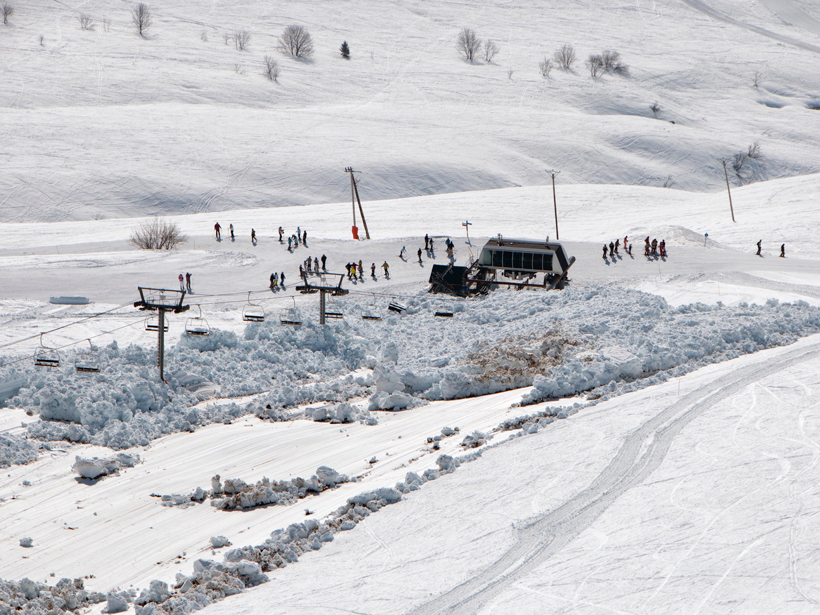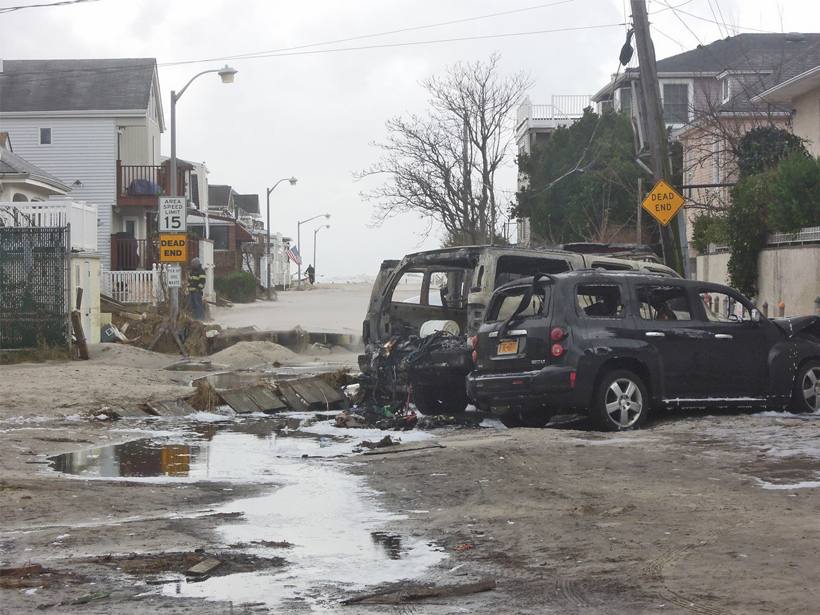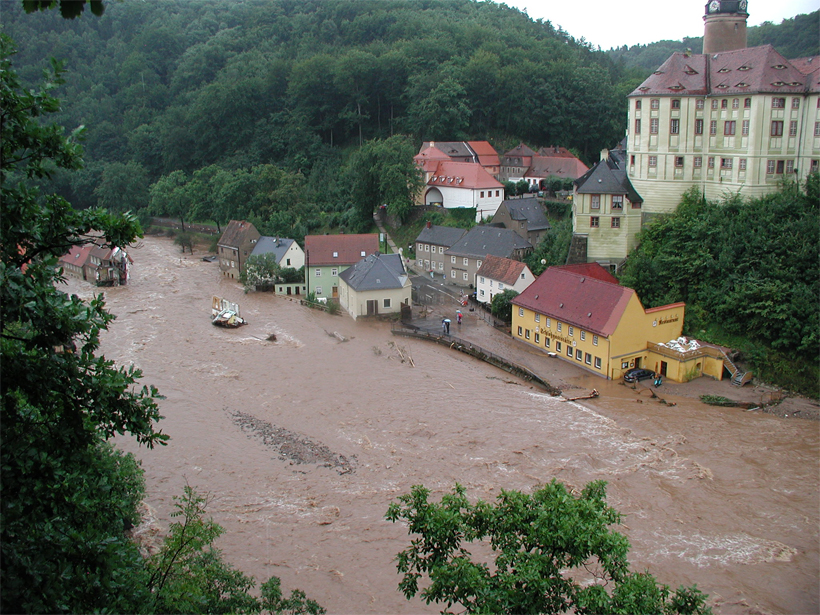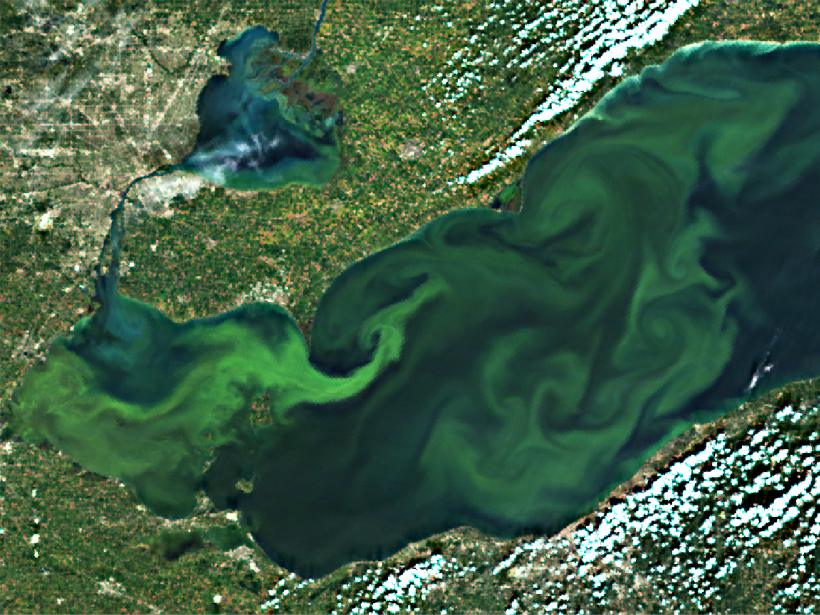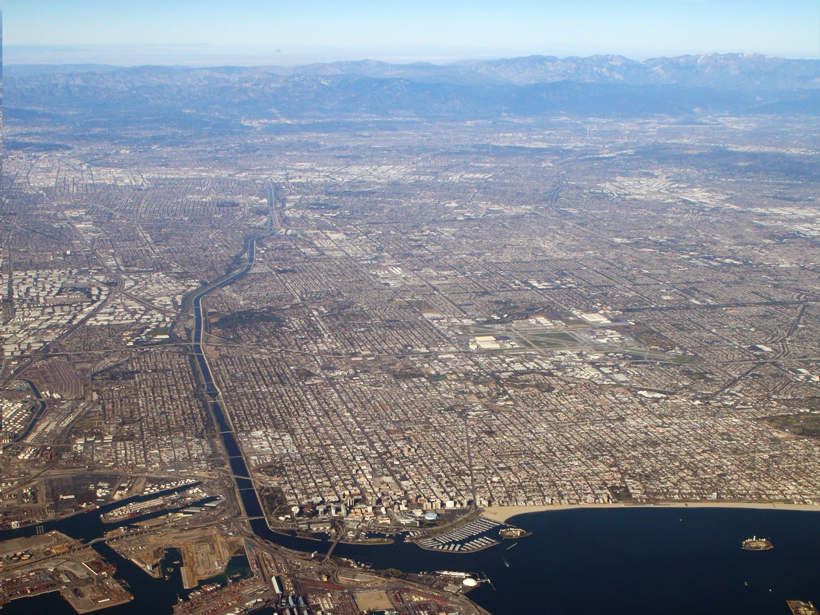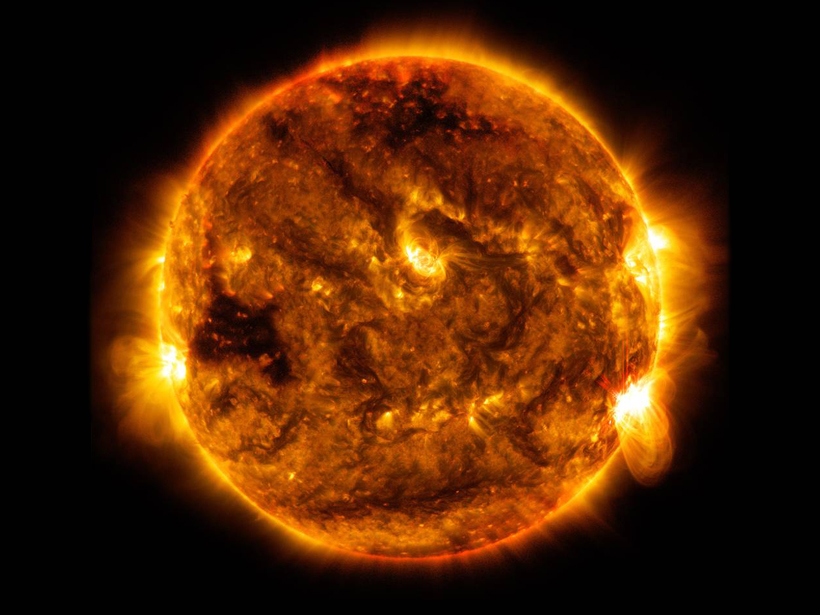Predicting glide avalanches and explaining how they work are difficult tasks, but the forces they exert can be calculated fairly well.
Hazards & Disasters
Communicating Hurricane Risks: Challenges and Recommendations
NOAA/Sea Grant Coastal Storm Awareness Program (CSAP ) Final Workshop; Newark, New Jersey, 26–27 May 2015
An Ionospheric Index to Predict Earthquakes Falls Short
Scientists disagree about the validity of the spatial scintillation index, a tool that aims to forecast earthquakes based on atmospheric disturbances.
GICs: The Bane of Technology-Dependent Societies
Geomagnetically Induced Currents can cause voltage swings, transformer heating, and reactive power loss in high-voltage power transmission systems.
Better Forecasting for the Next Volcanic Eruption
The Eruptive Precursors project in Campi Flegrei, Italy, seeks to understand conditions leading to caldera eruptions.
The Element of Surprise in Managing Flood Risk
A social science perspective on unpredictable flood risk systems may help us expect the unexpected and mitigate flood damage.
Agencies Collaborate, Develop a Cyanobacteria Assessment Network
An integrated, holistic approach to detecting and characterizing cyanobacteria blooms could reduce human health risks and better direct field resources.
Extracting New Meaning from Seismological Data
Scientists use noise data collected at the Long Beach dense array to measure elusive high-frequency surface waves.
White House Plan Focuses on Hazards from Solar Storms
Space weather has its day in the Sun, with the administration issuing a new strategy and action plan to increase protection from damaging solar emissions.
Birthplace of Pacific Tropical Cyclones on the Move
A study says the point of origin for cyclones in the western North Pacific is moving closer to land because of warming of the tropical troposphere.

